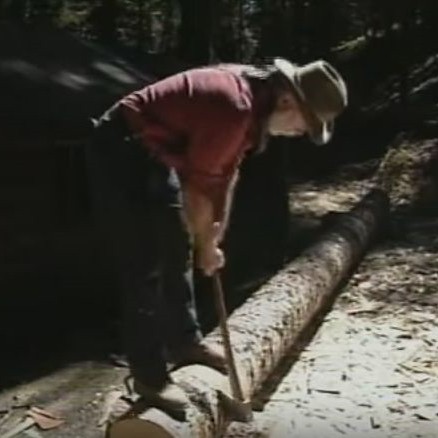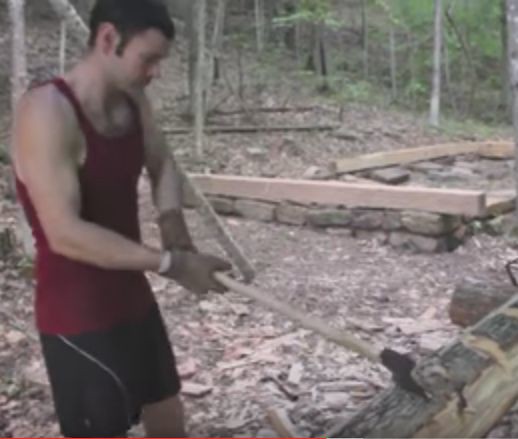Personally, I'd look at that log in the OP and say "this would take me forever", and probably never make the first cut 
That said, I find it a little bit humorous that some are making it very clear that the young man is using the wrong tools and perhaps methodology to do the job, which causes great inefficiencies.
I fully recognize the point of what he's doing, but if he were doing it the "right" way (as illustrated later in this thread), I might also be one of those people saying he's doing it wrong with the wrong tools.
I'd say he could do the job so much faster and more efficiently with a chainsaw, or better yet a chainsaw rail mill.
Then someone else would say bring the log to a mill and have them cut it.
The next person says buy one pre-cut, since the other methods are the equivalent of tying a rock to a stick and banging away at the log.
All in the perspective, I guess!
That said, I find it a little bit humorous that some are making it very clear that the young man is using the wrong tools and perhaps methodology to do the job, which causes great inefficiencies.
I fully recognize the point of what he's doing, but if he were doing it the "right" way (as illustrated later in this thread), I might also be one of those people saying he's doing it wrong with the wrong tools.
I'd say he could do the job so much faster and more efficiently with a chainsaw, or better yet a chainsaw rail mill.
Then someone else would say bring the log to a mill and have them cut it.
The next person says buy one pre-cut, since the other methods are the equivalent of tying a rock to a stick and banging away at the log.
All in the perspective, I guess!
Last edited:














